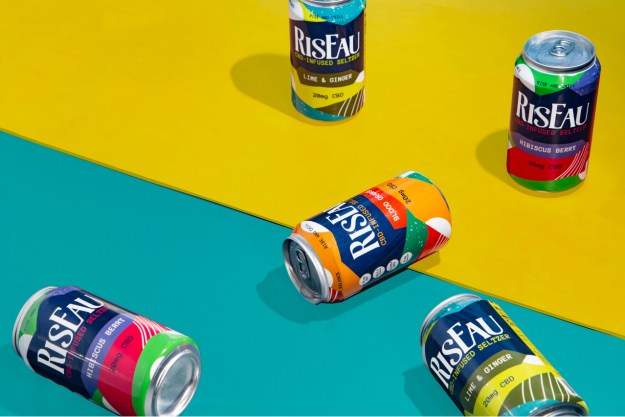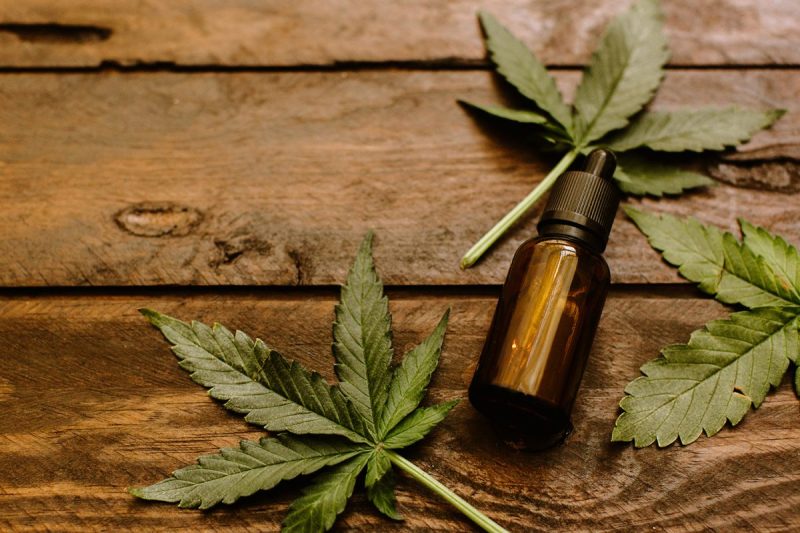
Deciding if you want to try CBD is a personal decision, and the reasons you might be interested in the product vary wildly from person to person. Some people want to use CBD to relieve pain, while others use it to destress or to feel more relaxed.
Whatever your reasons for wanting to dabble in CBD, you’re likely curious about what it feels like to take it, whether you should try smoking CBD, or if taking it as an oil is the best option for you. What does CBD oil feel like? Like all legal drugs, your decision to take CBD is up to you, but this guide may prove helpful as you weigh your options.
What does smoking CBD feel like?
Smoking CBD affects every user differently, depending on the quantity you take, how frequently you use it, and a range of other factors related to each individual. Unlike cannabis, smoking CBD does not get you high, which means it doesn’t impair your judgment or your motor skills in that way.
That doesn’t mean that CBD doesn’t affect the people who smoke it, and that’s especially true for first-time users. It may give you a light buzz, but only the first few times you smoke it. That buzz is not a high, though. Instead, it’s more like a feeling of general health and well-being, similar to the one you may feel after you’ve exercised.
Most people use CBD as a substance that relieves stress, and in doing so, they often feel a kind of “body high” that allows them to feel connected with themselves. Some strains also make you feel more energized or motivated, and higher amounts leave you feeling deeply relaxed or possibly sleepy.
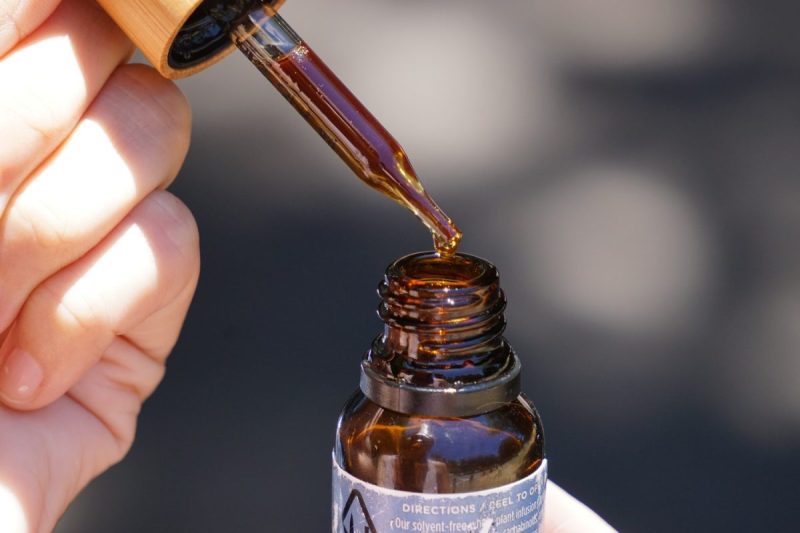
What does CBD oil feel like?
The effects of CBD oil are similar to those you might feel from smoking it. People take CBD oil to deal with pain or other issues, which CBD can help relieve. Others find that, like smoking CBD, using CBD oil topically makes them feel more relaxed or connected to their body.
Some discover CBD oil slows down their mind, but not in a way that leads to drowsiness or makes them unable to function. Instead, CBD allows some people to focus on a single task when they can’t concentrate. CBD is often advertised as providing many of the same benefits as cannabis, but in a less extreme form. Many professional athletes use it before games or practices to allow them to feel more in sync with their bodies and focus solely on their upcoming performance.
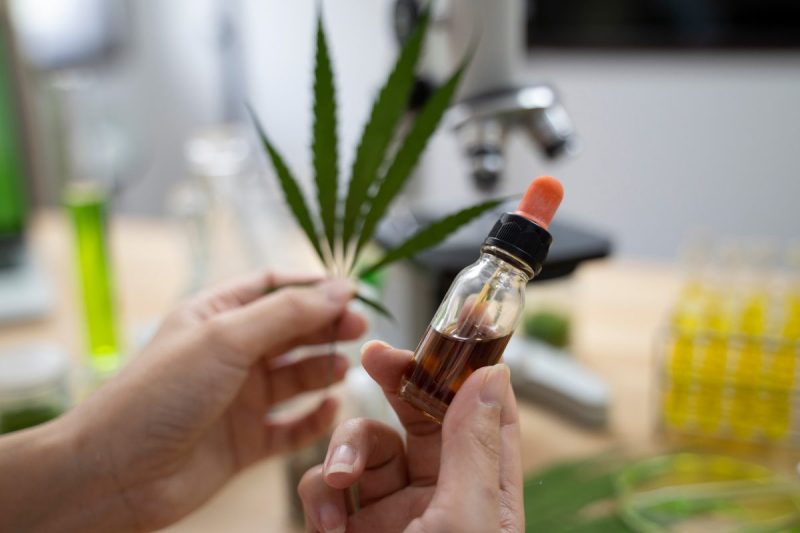
CBD extras
We always see on TV that someone takes an edible and starts tripping out a few seconds later. In reality, that’s not quite true.
How long does it take for CBD to kick in?
For most people, when they vape or smoke CBD, the effects of the kind you took take around 15 minutes to start working in your body.
If you take CBD in an edible or in the topical variety, you’ll have to wait about an hour before you feel anything, and up to 2 hours before you peak.
The overall effects should last anywhere from 6 to 8 hours, depending on how you take it. Now, this all also depends on how the person reacts to it. You’ll have to do trial and error to find which way you like to take CBD, how long that takes to start working, and how long the effects last.
How much CBD do you take before you feel it?
As with starting anything new, slow and steady wins the race. Beginners should start with about 5 mg at first, for the first few days up to the first week. Monitor how that goes, and then increase by 5 mg as needed.
Every person is different, so, 10 mg for someone might do the trick, whereas another person may need a minimum of 20 mg to feel anything. Again, trial and error, my friends, trial and error.
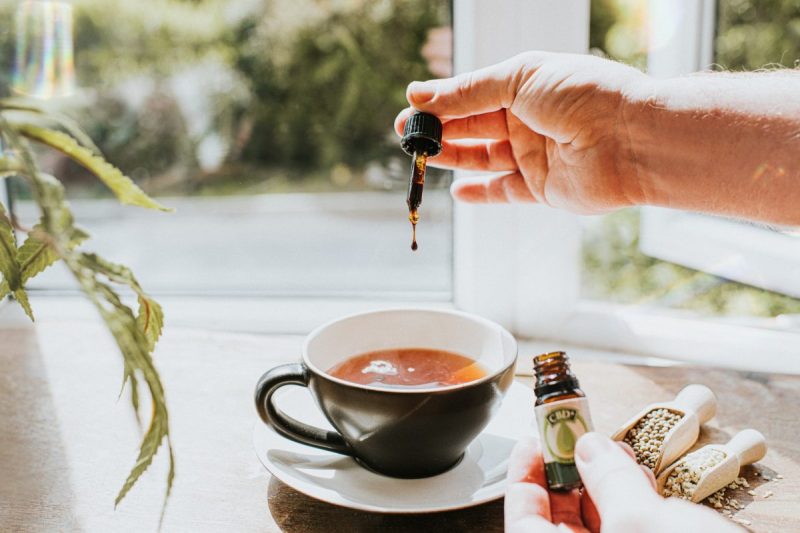
Do all CBD products act the same?
CBD products work differently, but those differences often come from the kind of CBD you purchase, as opposed to how you ingest it. Everything from the strain of the CBD to the brand you buy affects how you feel when taking it.
Three main types of CBD
- Isolate – contains only CBD and no other substances found in cannabis
- Broad-spectrum – contains a large number of the substances found in cannabis, but doesn’t contain THC
- Full-spectrum – contains all the substances that are naturally found in cannabis, including THC
Full-spectrum products that include THC are more effective because they combine the effects of CBD and THC. Most CBD products that contain THC have a low amount, but it significantly changes how you react after taking it. CBD isolate is likely to be a more mild experience, while those variations that contain THC or other substances may have a greater impact on the person taking it. For most, it makes sense to start with CBD isolate and then graduate to other products if the isolate isn’t giving you the level of relief you’re looking for.
Ultimately, choosing the right CBD product for you involves examining a range of factors. Consider your reasons for being interested in CBD and the differences between the various brands and strains available. We hope we helped you figure out what type of CBD you’re going to try so you can get the relief you’re looking for.
Editors' Recommendations
- What is caviar? A seafood expert breaks down all the details
- Find your partner in adventure: TINCUP and Jesse Palmer want you to rethink date night
- Does red wine vinegar go bad? The Manual investigates
- How to order a Martini like you know what you’re doing
- Nestlé’s environment-friendly initiatives will make you feel good about your daily cup of coffee



